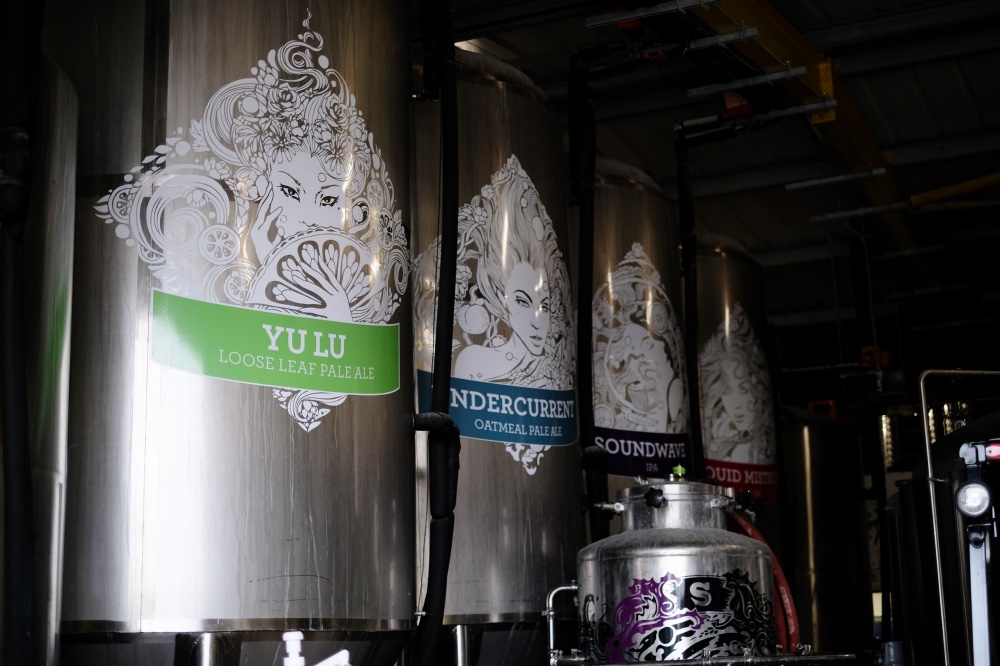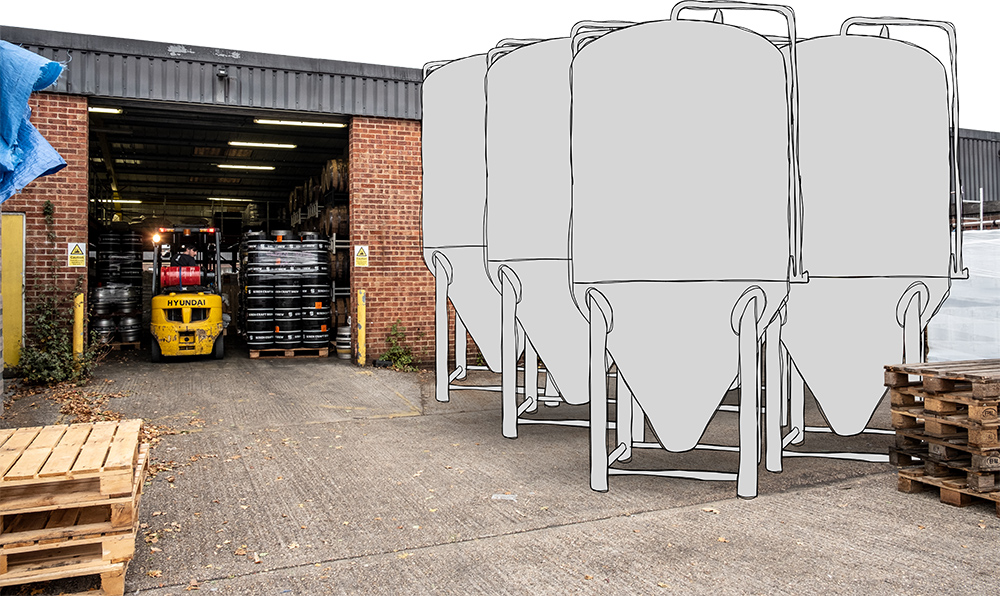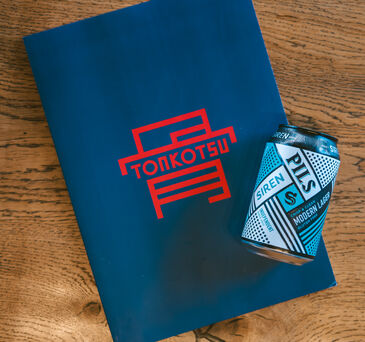
All about Fermentation Vessels
For this blog I’m going to out myself as a bit daft and maybe a bit ignorant, but it’s all for a good cause. Hopefully I’m not alone and those like me will no longer have to suffer in silence.
When I first joined the beer industry, I heard an awful lot about Effies. Or was that FE’s? After the first time I heard it, I had the opportunity to ask “Hey, what was that? Effy? FE?” Knowing my colleagues, I’d have been given a sensible explanation without reprimand.
But, I didn’t ask.
I nodded and said “hmm… yea, I definitely know what that is” and then tried to blag it.
Textbook. (Please remember not to mock me about this on social media or in person.)
Eventually, I remembered that Google existed and found out what everyone was talking about for myself. And so today, I’m going to talk to you a little bit about FV’s… (FV, dammit… F… V….), or Fermentors, or Fermentation Vessels, to give them their full name,
What is a Fermentation Vessel?
To think of a brewery, you think of big Stainless Steel tanks, often emblazoned with the breweries logo. These are generally the Fermentation Vessels. FV’s can vary in size and shape. Essentially, it’s whatever the container used to turn a wort (the liquid extracted from the mashing process) into beer.

Fermentation takes place when yeast is combined with a cooled wort. It’s the yeast that converts the sugars present to alcohol and carbon dioxide, giving a brew it’s alcohol content, some of its flavour (or a lit in the case of a German wheat beer or a Belgian beer) and carbonation. The temperature the FV is maintained at varies, colder for lagers for example, which is why purpose built FVs are so important to larger scale breweries.
You home brewers out there might use demi-johns or kilner jars, plastic buckets or similar. Scale this up to bigger breweries and you get the classic cylindrical shaped Stainless Steel with cone shaped bottoms. The cone at the bottom that allows brewers to remove yeast.
Rather than re-write the Internet, if you’re interested in finding out more then here’s a link to a really detailed blog about Fermentation Vessels: https://beerandbrewing.com/dictionary/YCCmYUmOuv/
Expanded Output
It takes at least two weeks for a brew to ferment, so breweries are limited in their output as to how much tank space they have. Here at Siren we currently have 19 FVs. With our Crowdfunding campaign, we hope to add 6 large outdoor Fermentation Vessels.

Artist's Impression of the new FVs.
With this new capacity, we will be able to brew more often, and increase our overall output, and this will hopefully allow us to export more beer, or fulfil contracts to help Siren beers reach a wider audience than ever before.
Along with the canning line, the new FV’s will probably be the biggest game changer to the brewery. We already track above the markets rate of growth, add cans and the ability to brew more into that and we should be able to continue, and hopefully improve on those trends.
At the time of writing we’re just over 2/3s of the way there and are truly humbled by the response. We still need you to help get us over the finish line though.
Find out more here: crowdcube.com/siren and we look forward to having you on board!
DISCOVER OUR OTHER STORIES
The Story of Low-Key Loud
Read MoreLed by Emily and Jez in the Siren production team, Low-Key Loud has been a labour of love over the past few months - and a testament to our prolonged support of good causes that are important to our...
August Newsletter
Read MoreJuly saw big beers, bigger collaborations, an ever-busy events season that just won't slow down. Take a look at what we've been up to below, and a little of what's to come - including some upcoming...
Meet the Soundwave Mashups
Read MoreIntroducing our two new Soundwave mashups! We've collaborated with brewing icons Verdant and Pressure Drop on these special releases that blend our classic IPA, Soundwave, with two larger than life...





